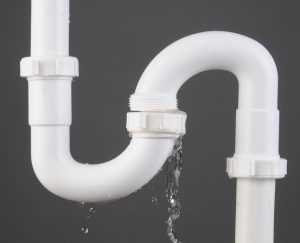There’s nothing like a Florida summer—sunshine, beach days, backyard barbecues… and, unfortunately, clogged drains. As temperatures rise and water usage skyrockets, so does the risk of drain backups. From kitchen sinks to shower drains, the summer season can push your plumbing to the limit.
At General Plumbing and Air Conditioning, we know that nothing spoils a summer day like a slow-draining sink or a sudden sewage backup. That’s why we recommend routine professional drain cleaning to keep your plumbing running smoothly and your home worry-free.








